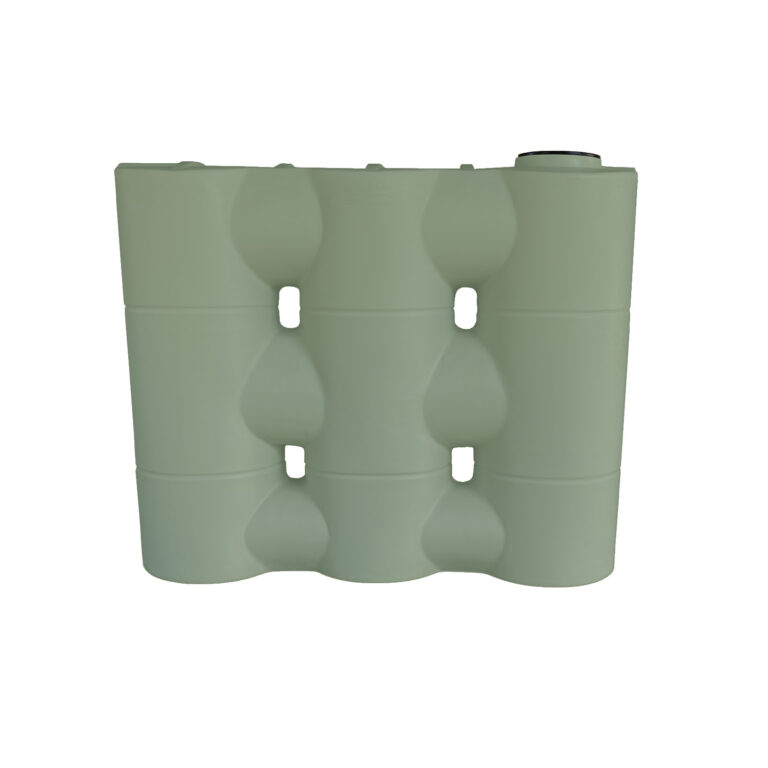Finest Slimline Water Tanks: Durable and Compact Water Storage Space Options
Finest Slimline Water Tanks: Durable and Compact Water Storage Space Options
Blog Article
Exploring the Numerous Uses of Rainwater Storage Tanks for Residential and Commercial Properties
As the international focus on sustainable living techniques proceeds to magnify, the utilization of rainwater containers in both residential and business setups has actually emerged as an important option. The complex uses of rain containers present a compelling case for their fostering, not only as a useful water-saving step however also as a testament to responsible resource management.
Advantages of Utilizing Rain Tanks
Utilizing rainwater tanks supplies countless advantages for both households and areas in regards to water conservation and sustainability. One of the key benefits of using rainwater storage tanks is the significant reduction in reliance on mains water system - Slimline water tanks. By catching and keeping rainwater for later use, people and communities can reduce their demand for cured water, inevitably relieving the problem on water therapy facilities and decreasing power usage connected with water transportation and therapy
In addition, rain harvesting through storage tanks supplies a trustworthy alternate water resource during times of water constraints or lacks. This saved rain can be used for numerous non-potable objectives such as irrigation, flushing commodes, and washing garments, lowering the strain on conventional water sources. In addition, making use of rain storage tanks can lead to cost financial savings for both homes and areas by reducing water expenses and reducing the requirement for expensive framework expansions to meet growing water demands.
Fundamentally, the application of rain containers supplies a lasting and eco-friendly method to water administration, profiting both specific customers and the more comprehensive community in regards to water preservation, cost-efficiency, and strength.
Rain Storage Tank Usage in Irrigation
Provided the advantages of rainwater tanks in preserving water resources and decreasing dependence on mains water system, a significant application hinges on making use of kept rainwater for watering objectives - Slimline water tanks. Rain collecting systems can successfully collect and store rain, offering a sustainable water resource for watering gardens, lawns, and agricultural areas. By utilizing rain for irrigation, homeowner can minimize their reliance on cured water resources, causing set you back financial savings and ecological benefits

One of the primary benefits of utilizing rain for watering is its purity. Rain is naturally soft and complimentary from the chemicals and additives often found in keys water, making it excellent for beneficial plants without the danger of damaging impacts. In addition, rain goes to ambient temperature, which can profit plant development by staying clear of temperature level shocks that can take place with cool keys water.
Rainwater Tanks for Toilet Flushing

Implementing rain storage tanks for toilet flushing is a cost-efficient and eco-friendly practice that can be conveniently incorporated into both property and industrial residential or commercial properties. The kept rainwater can be made use of to flush toilets by linking the storage tank to the existing pipes system. This easy yet effective service can substantially decrease water consumption in a structure, particularly in locations where water deficiency is a worry.

Including Rainwater Containers in Landscape Design
An efficient strategy for enhancing sustainability in landscape design involves incorporating rainwater tanks to maximize water use and promote eco-friendly methods - Slimline water tanks. Integrating rainwater storage tanks in landscape design uses many benefits for both residential and commercial this article residential properties. These storage tanks can record and store rainwater overflow from roofings, which can after that be made use of for watering yards, lawns, and plants. By using rainwater for irrigation objectives, homeowner can lower their dependence on community water sources, resulting in cost financial savings and preservation of precious water resources.
In addition to offering a sustainable water resource for landscape design demands, rain tanks can also help in handling stormwater drainage. By capturing rain that would or else move into tornado drains pipes, these containers can mitigate erosion, decrease flooding threats, and stop contamination of all-natural water bodies. Incorporating rainwater tanks in landscape design can add to the overall visual charm of the building, showcasing a commitment to ecological stewardship.
Commercial Applications of Rain Storage Tanks
Using rainwater tanks in industrial settings supplies a lasting solution for water management and conservation, benefiting businesses and the atmosphere alike. Commercial applications of rain containers are diverse and increasingly prominent due to the expense savings and environmental benefits they give. One key business usage is for irrigation purposes, where collected rain can be utilized to water landscape read the full info here design, gardens, and farming fields surrounding industrial properties. This can bring about substantial decreases in water costs and dependence on metropolitan water resources.
In addition, rainwater containers can be incorporated into the fire reductions systems of business buildings. By having a committed water source for firefighting purposes, companies can improve their fire precaution and potentially decrease insurance costs. Furthermore, rainwater gathered in storage tanks can be dealt with and made use of for non-potable purposes within business properties, such as flushing toilets, cleansing, and cooling systems. This not only preserves freshwater resources however additionally decreases operating prices for businesses. Overall, the incorporation of rainwater tanks in industrial setups presents a functional and ecologically responsible strategy to water administration.
Conclusion
From watering to commode flushing and landscaping, the usage of rain storage tanks can help preserve water resources and lower water expenses. On the whole, the versatility and sustainability of rainwater tanks make them a valuable investment for any kind of residential or commercial property proprietor looking to raise water efficiency.
Report this page